Introduction: The Intricate Minds of Urasawa Naoki
Urasawa Naoki, the mastermind behind Monster and 20th Century Boys, is known for creating intense psychological thrillers that dive deep into the human psyche. These two works, though distinct in storylines and settings, are frequently compared due to their complex narratives, morally ambiguous characters, and layered mysteries. In this blog, we’ll explore the differences and similarities between Monster and 20th Century Boys, examining everything from plot structure to character development, and of course, Urasawa’s unique approach to storytelling.
Storyline Structure and Themes: Unfolding the Dark Plot Layers
Monster: A Chilling Medical Thriller Turned Psychological Horror
Monster follows Dr. Kenzo Tenma, a talented neurosurgeon who makes a decision that drastically alters his life. After saving the life of a young boy, Johan, who turns out to be a sociopathic killer, Dr. Tenma is pulled into a nightmarish chase to rectify his actions. The story tackles themes of morality, the nature of evil, and the heavy burden of personal responsibility. Its intense psychological elements and moral dilemmas grip readers right from the start.
20th Century Boys: Childhood Memories Becoming Apocalyptic Realities
20th Century Boys, on the other hand, revolves around a group of friends who created a fictional story about a world-ending cult as children. As adults, they realize that someone has made their childhood “game” a chilling reality. Led by the mysterious figure “Friend,” a cult is formed that threatens to bring about global destruction. This storyline plays with nostalgia, the loss of innocence, and explores how unresolved past traumas can come back to haunt individuals in dark, twisted ways.
Protagonists and Their Development
Kenzo Tenma: The Reluctant Hero in Monster
Dr. Tenma is a compelling protagonist who begins with pure intentions but is forced to question his beliefs about morality and duty. As he chases Johan across Germany, he goes through significant character growth, transforming from a naive idealist into a haunted man deeply aware of the darker facets of humanity. Tenma’s inner turmoil and quest for redemption provide a profound psychological depth that’s rare in manga.
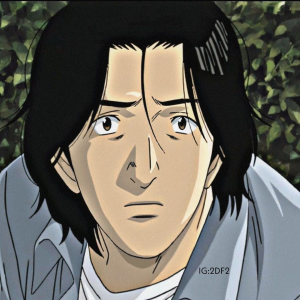
Kenji Endo: The Everyday Hero of 20th Century Boys
Kenji is a regular guy, a convenience store owner, who is pulled into the apocalyptic conspiracy by the forces of his own past. Unlike Tenma, Kenji lacks the specialized skills or the direct ties to the events he is fighting against. His journey is about rising to the occasion, confronting his own fears, and drawing strength from old friendships . His everyman qualities resonate with readers and make him a relatable yet courageous figure.
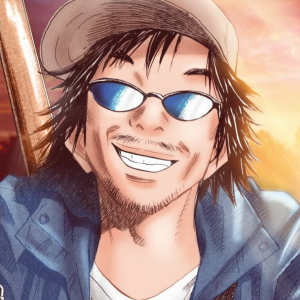
Villains and Their Influence
Johan Liebert: The Face of Pure Evil
Johan from Monster is arguably one of the most terrifying villains in manga history. His intelligence, charisma, and utter lack of empathy create an aura of almost supernatural malice. Johan isn’t just a threat to Tenma; he manipulates those around him , causing destruction wherever he goes. His motivations are ambiguous, making him all the more horrifying because his cruelty feels almost without cause.
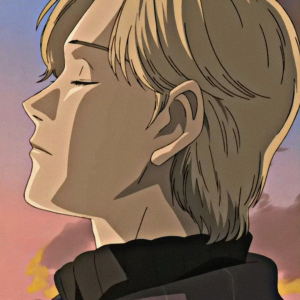
“Friend”: The Man with a Mask and a God Complex
The villain in 20th Century Boys, known only as “Friend,” operates on a different spectrum. Friend’s identity remains hidden for most of the series, adding to the suspense. His motivations are tied deeply to childhood insecurities and fantasies, making him a tragic figure in some ways. Unlike Johan, Friend’s villainy stems from an almost childlike desire for power and validation, which he expresses in dangerously theatrical ways.
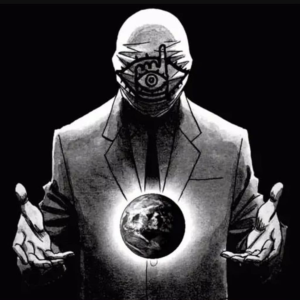
Supporting Characters: Friends, Foes, and Gray Areas
Monster: A Cast Reflecting Human Morality
In Monster, supporting characters play crucial roles in exploring the story’s moral themes. Figures like Inspector Lunge, a meticulous detective obsessed with capturing Tenma, and Nina Fortner, Johan’s twin sister, bring depth to the story. Each character’s interactions with Tenma and Johan contribute to the exploration of what makes someone “good” or “evil.”
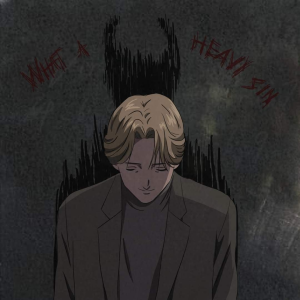
20th Century Boys: Nostalgic, Yet Haunting Figures
Supporting characters in 20th Century Boys are central to its nostalgic themes. Kenji’s friends each represent aspects of the past, and their interactions highlight the innocence lost over time. Additionally, characters like Otcho and Yukiji bring their own skills and traumas into the conflict, creating a dynamic, relatable ensemble that embodies the shared memories and regrets of growing up.
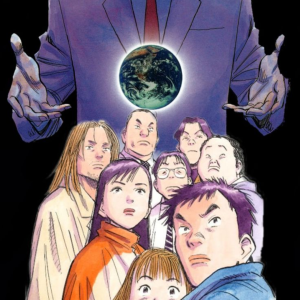
Narrative Techniques: Flashbacks, Foreshadowing, and Mystery
Monster: A Linear Descent into Darkness
Monster uses a relatively linear storyline, punctuated by intense flashbacks and character-focused episodes. Urasawa crafts a slow-burn suspense through details that subtly reveal the psychological depths of Johan’s past, enhancing the dread that accompanies each of his appearances. The pacing is deliberate, allowing readers to fully immerse themselves in the suspense and moral dilemmas facing Tenma.

20th Century Boys: Non-linear Storytelling with Layers of Nostalgia
20th Century Boys employs a complex, non-linear structure with frequent flashbacks to Kenji and his friends’ childhoods. This technique allows Urasawa to contrast the innocence of youth with the bleakness of their present lives. The constant shifts between timelines heighten suspense and slowly reveal how the seemingly innocent games of childhood shaped the monstrous threat they now face.
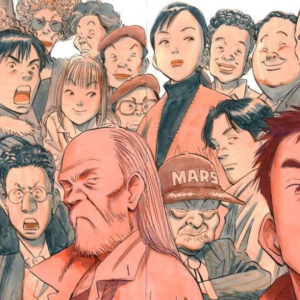
Art Style and Atmosphere
Monster: Realistic, Grim Visuals
Monster is characterized by its realistic art style, with detailed depictions of European cities and a muted color palette that conveys the story’s serious tone. Urasawa’s meticulous line work, especially in Johan’s eerily calm expressions, builds an atmosphere of dread that underscores the thriller’s psychological aspects.

20th Century Boys: Evocative, Nostalgic Imagery
In 20th Century Boys, Urasawa uses a blend of realistic and expressive art to capture the emotional weight of the story. He creates an atmosphere that feels both dark and nostalgic, with a focus on the contrasts between past and present. The “Friend” character’s mask and the apocalyptic imagery add a haunting layer that contrasts with the lighter scenes of childhood memories.
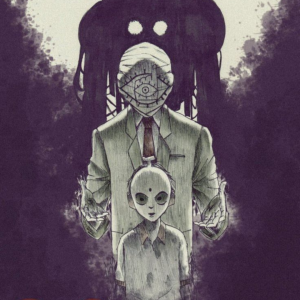
Comparison Table
| Element | Monster | 20th Century Boys |
| Genre | Psychological thriller, horror | Psychological thriller, mystery |
| Main Protagonist | Kenzo Tenma, a talented neurosurgeon | Kenji Endo, a convenience store owner |
| Main Antagonist | Johan Liebert, a charming yet psychopathic killer | “Friend,” a masked cult leader with mysterious origins |
| Setting | 1990s Germany and Eastern Europe | Japan, spanning from the 1970s to a dystopian future |
| Themes | Morality, nature vs. nurture, responsibility | Nostalgia, loss of innocence, consequences of past actions |
| Narrative Structure | Linear with flashbacks | Non-linear with frequent time jumps |
| Art Style | Realistic, dark, focused on psychological tension | Realistic with expressive elements, nostalgic imagery |
| Character Development | Introspective, morally complex | Nostalgic, interconnected through shared memories |
| Pacing | Slow-burn, builds tension through suspense | Multi-layered, suspenseful with a focus on mystery |
| Villain’s Motivation | Ambiguous, almost existential evil | A mix of validation, power, and unresolved childhood trauma |
